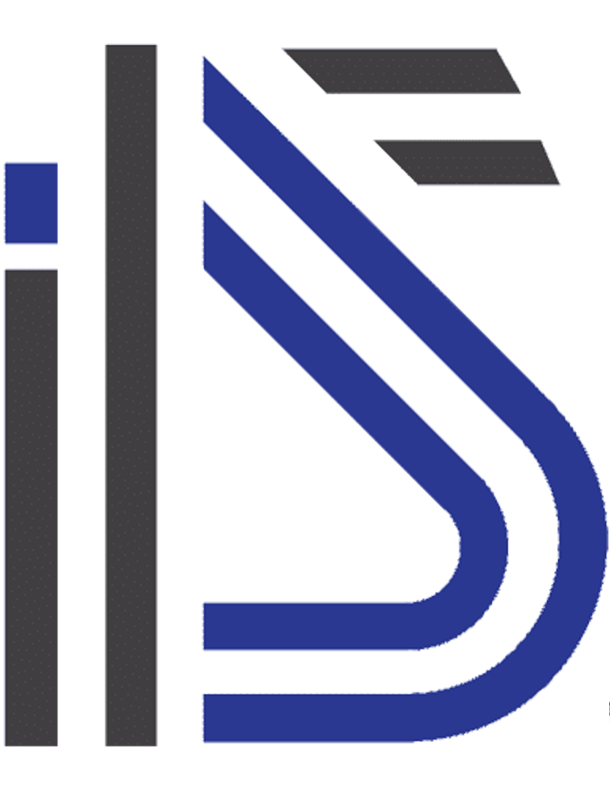Control Review: Ensuring Operational Safety and Health
Control Review: Ensuring Operational Safety and Health
Introduction Control review is a crucial part of internal auditing, focusing on assessing the effectiveness of an organization's internal control systems. This review aims to identify the strengths and weaknesses of these systems and provide recommendations for their improvement. Internal control is an integrated system of procedures and policies that ensure the efficient and effective achievement of organizational objectives, protect assets, and ensure the accuracy of financial data.
Objectives of Control Review
Evaluating the Effectiveness of Internal Control Systems:
- Ensuring the Accuracy of Financial Data: Confirming the accuracy and completeness of financial data helps build confidence in financial reports.
- Compliance with Laws and Regulations: Verifying that the organization adheres to all relevant laws and regulations.
- Protecting Resources from Misuse and Theft: Ensuring that controls are in place to prevent misuse or theft of assets.
- Achieving Efficient and Effective Operations: Assessing how operations are conducted and how well they achieve set objectives at minimal cost and effort.
Identifying Weaknesses:
- Gaps in Control Processes: Detecting points that could lead to errors or fraud.
- Lack of Documentation: Identifying areas that need better documentation to ensure transparency and accountability.
- Inefficient Practices: Recognizing practices that can be improved for better results.
- Inadequate Employee Training: Determining the need for additional training to ensure effective implementation of controls.
Providing Recommendations for Improvement:
- Implementing New Controls: Proposing new measures to fill gaps and improve control.
- Enhancing Documentation: Improving the documentation of processes and procedures to make them clearer and more comprehensive.
- Modifying Practices: Suggesting changes to current policies and procedures to increase efficiency.
- Training Employees: Offering training programs to equip employees with the skills and knowledge needed to effectively implement control measures.
Stages of Control Review
Defining the Scope of the Review:
- Setting the objectives and scope of the review, including the systems and processes to be examined.
Understanding Internal Control Systems:
- Purpose of Each System: Identifying the main goal of each control system.
- How Each System Operates: Understanding the processes and procedures involved in each system.
- Risks Addressed by Each System: Analyzing the potential risks that the control system aims to mitigate.
Testing Internal Control Systems:
- Reviewing Documentation: Examining written policies and procedures.
- Conducting Employee Interviews: Gaining a deeper understanding of how controls are implemented.
- Monitoring Operations: Observing daily operations to verify the effectiveness of implementation.
- Testing Controls: Performing practical tests to verify the efficiency of controls.
Evaluating Test Results:
- Analyzing results to identify strengths and weaknesses in internal control systems.
Preparing the Audit Report:
- Providing a comprehensive report that includes the review findings and recommendations for improving control systems.
Following Up on Recommendations:
- Monitoring the implementation of the provided recommendations to ensure they are applied correctly and achieve the desired objectives.
Benefits of Control Review
- Improving Financial Data Accuracy: Contributing to the improvement of the accuracy and completeness of financial data, enhancing confidence in financial reports.
- Compliance with Laws and Regulations: Ensuring that the organization complies with all laws and regulations, reducing legal risks.
- Protecting Resources: Ensuring the protection of the organization's resources from misuse and theft, guaranteeing optimal utilization of assets.
- Enhancing Operational Efficiency and Effectiveness: Improving organizational performance by enhancing processes and procedures.
- Supporting Decision-Making: Providing accurate and reliable information to management, aiding in making informed and more effective decisions.
Control Review Techniques
- Compliance Tests: Used to ensure the organization complies with laws and regulations.
- Control Tests: Used to ensure that internal control systems are effective and function as planned.
- Analytical Review: Used to assess the organization's risks and identify weaknesses.
Conclusion Control review is a valuable tool for ensuring the safety and health of operations in any organization. It helps evaluate the effectiveness of internal control systems, identify weaknesses, and provide recommendations for improvement, contributing to overall performance improvement, asset protection, and increased stakeholder confidence.

.webp)


